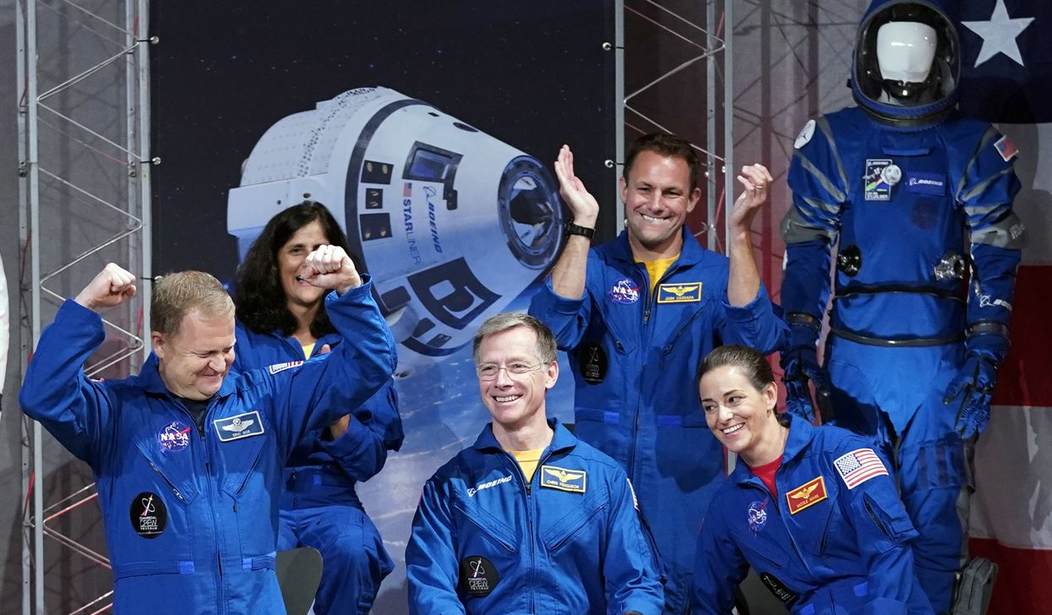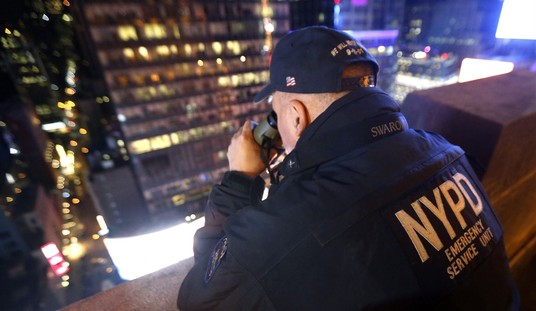Engineers working to solve Boeing's Starliner helium leak uncovered an unrelated "design vulnerability" on Friday that in an extremely unlikely set of circumstances could prevent the deorbit burn that allows its crew to return to Earth, but NASA has given the go-ahead for launch on June 1.
Here we go again...?
I've written twice in the last two weeks about a small helium leak in one of the 28 maneuvering thrusters on Starliner's service module that forced NASA to scrub the planned May 21 inaugural manned mission to the International Space Station (ISS). Originally rescheduled for last week, the launch was put off again while engineers figured out whether they could fix the helium leak — that they described as "small and stable" or just "get comfortable" with it.
Repairing the helium leak — likely due to a defective rubber seal — would require de-stacking Starliner for partial disassembly and take months. Steve Stich, manager of NASA's commercial crew program, explained on Friday that Starliner would have to develop four more such leaks before they became a problem. "So we think it’s stable. That’s why we think it’ll be fine during ascent and in the rest of the flight.”
And, to be fair to the assessment of potential danger to the ship and her crew, it is a very small leak of a very leaky gas on just one of 28 thrusters.
But during two-plus weeks of testing on the spacecraft, engineers discovered a flaw in the design of the ship's propulsion system. "We found a design vulnerability... in the prop [propulsion] system as we analyzed this particular helium leak, where for certain failure cases that are very remote, we didn't have the capability to execute the deorbit burn with redundancy," Stich also said.
As designed by Boeing, there were three different ways to execute the deorbit burn but a particular set of failures in neighboring thruster pods could prevent it from happening.
"Under the wrong set of circumstances," Stephen Clarke explained for Ars Technica, "helium manifold failures on two adjacent doghouse propulsion pods could jeopardize Starliner's ability to execute the deorbit burn."
Stich said that there's just a 0.77% chance of the combination of events that would cause the deorbit burn to fail.
The propulsion system was subcontracted to Aerojet Rocketdyne but the flaw wasn't caught by Aerojet, Boeing, or NASA:
[Boeing's vice president Mark] Nappi, who took over management of the Starliner program in 2022, said he isn't concerned about the robustness of Boeing's review processes, which missed the design vulnerability in the run-up to the spacecraft's previous test flights and the first crew launch attempt earlier this month. The design issue also escaped NASA's oversight reviews.
I'm not sure that's as comforting as maybe Nappi meant it to be.
However, Starliner's engineering team developed a workaround for Aerojet's design flaw and Nappi said, "They got pressure-tested on their conclusions, and then eventually the community bought into our flight rationale and the actions.”
So it looks like everyone involved "got comfortable" with it.
Godspeed on Saturday's maiden manned flight to mission commander Barry Wilmore and pilot Suni Williams.
Recommended: Remember
P.S. Help PJ Media set thrusters to full by becoming one of our VIP or VIP Gold supporters. You need independent news and analysis and we need to keep the lights on. You can join here and don't forget our massive 50% off SAVEAMERICA promo code.










Join the conversation as a VIP Member